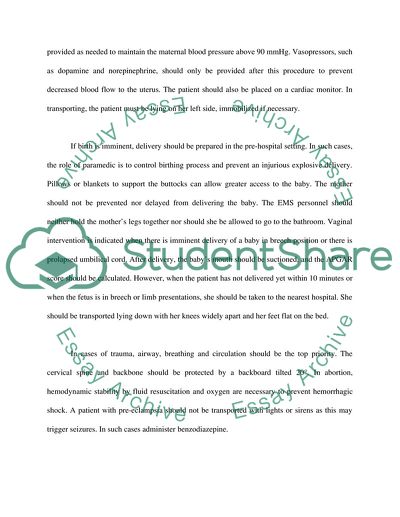High Risk OB assessment and treatment in the pre-hospital setting Research Paper. Retrieved from https://studentshare.org/health-sciences-medicine/1592893-high-risk-ob-assessment-and-treatment-in-the-pre-hospital-setting
High Risk OB Assessment and Treatment in the Pre-Hospital Setting Research Paper. https://studentshare.org/health-sciences-medicine/1592893-high-risk-ob-assessment-and-treatment-in-the-pre-hospital-setting.


